Anna Quinquaud was born in Paris in 1870, the son of a doctor and a mother trained as a sculptor. She was a pupil of Alfred Boucher, and exhibited her work at several salons; quite an exceptional feat for the time, as women artists were rare, and even rarer when they sculpted.
Young Anna showed great aptitude for sculpture, and trained in Blanche Laurent's studio. From 1912, she exhibited at the Salon des Artistes Français, and in 1914 won the sculpture prize of the Femmes peintres et sculpteurs.
In 1920, she attempted the Prix de Rome; she was awarded second prize in 1924 and, rather than stay at the Villa Médicis, she decided to explore Black Africa.
She must be credited with a certain amount of courage for exploring isolated and often dangerous geographical areas, accompanied only by locals.
She depicts her subjects often with simplicity, but always with nobility, and her art goes beyond the purely ethnographic considerations so dear to the colonial spirit of the time. In this way, she transcends her subjects, establishing a kind of bridge between European academicism and its heritage of classical statuary, and her everyday models, some of whom, truly immortalized, still retain their names.
Anna Quinquaud collaborated with the Manufacture de Sèvres and the Grande Maison HB (La Hubaudière) in Quimper to publish her subjects.
It was certainly during her second stay in Africa, in the Fouta-Djallon region, that she drew the subject of this sculpture of a seated Peul chief.





























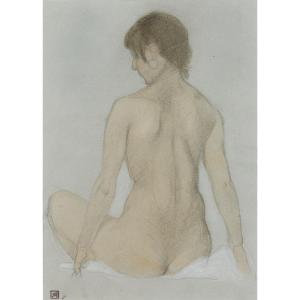
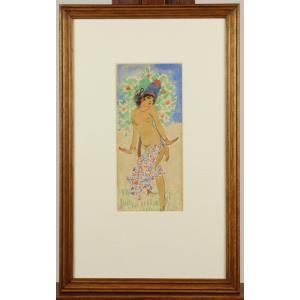
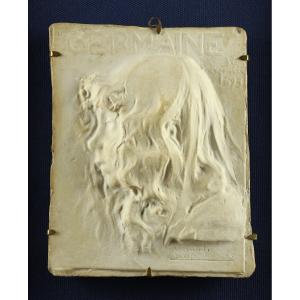
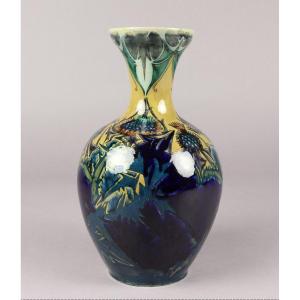


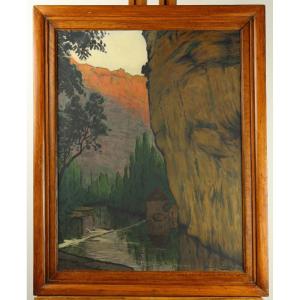
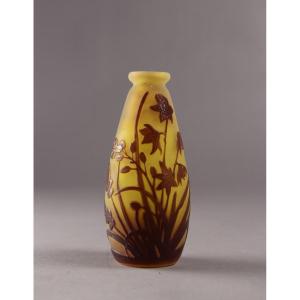
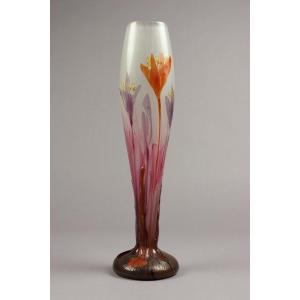

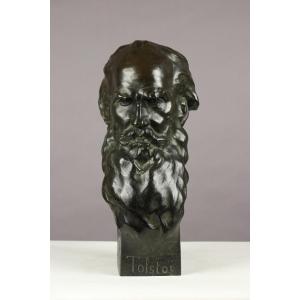
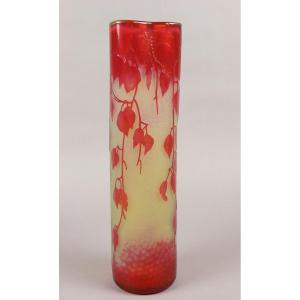









 Le Magazine de PROANTIC
Le Magazine de PROANTIC TRÉSORS Magazine
TRÉSORS Magazine Rivista Artiquariato
Rivista Artiquariato